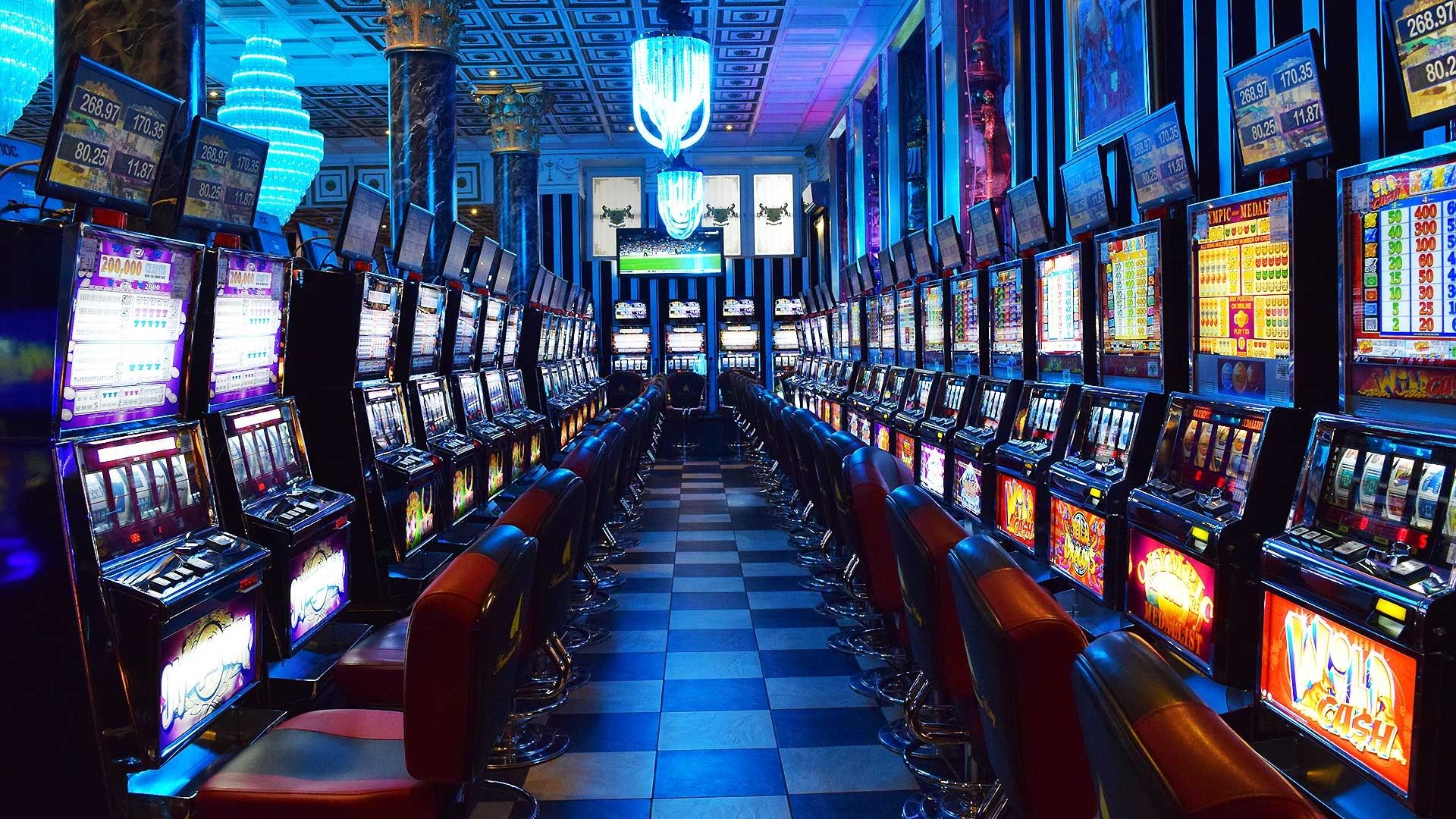
Latest Updates
Featured Posts
Get in Touch
123 Innovation Street
Tech District, CA 94105
[email protected]
+1 (234) 567-890
The manner in which Casino Games Use Shade and Style to Entice Participants

In the lively and exciting world of gaming establishments, where luck and strategy intertwine, hues and design play a critical role in attracting players. As soon as players step inside a casino or log into a gaming platform, they are immersed in a visual feast that captures their attention and lures them to discover more. Bright colors, engaging graphics, and innovative layouts are meticulously crafted to create an environment of thrill and expectation, ultimately improving the gaming experience.
As players move through the ever-changing landscape of casino games, they come across a range of designs that not only serve visual purposes but also affect emotions and choices. Hues like red and gold symbolize wealth and luck, while soothing navy and greens can create a much relaxed environment. Grasping how these elements function together allows casinos to create an welcoming and stimulating atmosphere that encourages players to interact with the games, invest more time at the tables, and boost their general enjoyment.
The Psychology of Hue in Gaming Establishments
Hue plays a crucial role in the development of gaming experiences, shaping players' feelings and responses. Vivid and striking hues, such as red and yellow, are often used to incite enthusiasm and draw notice. These colors create a sense immediacy and vitality, encouraging players to participate more enthusiastically with the game. By strategically selecting hues, designers aim to evoke emotions of pleasure and anticipation, which can enhance the total game experience.
Various shades also have psychological meanings that can impact how gamblers perceive their odds of victory. For example, lime is often associated with luck and abundance, making it a well-liked choice in games like the roulette wheel and poker tables. This connection can lead gamblers to feel more optimistic and assured in their gaming, ultimately motivating them to wager more. Comprehending these links allows game creators to design environments that enhance player satisfaction and engagement.
In addition, the interface of casino game interfaces often employs color gradients and contrasting hues to guide player actions. For example, successful results may be highlighted with vivid, contrasting shades, creating a visual reward. This method strengthens positive outcomes and promotes repeated gameplay. By exploiting the psychology of color, gaming venues can develop activities that not only attract participants but also maintain them involved and invested in their game experience.
Creative Features that Engage Gamers
The aesthetic appeal of gambling games is largely influenced by the use of vibrant colors. Bright and contrasting colors are deliberately chosen to create an inviting atmosphere that grabs attention. For instance, reds and golds often signify good fortune and wealth, which is why they are common in the palettes of slot machines and game surfaces. These colors not only draw players in, but they also stir emotions related to thrill and expectation, enhancing the total gaming experience.
In parallel to color, the aesthetic and organization of gambling games play a crucial role in player attraction. Games are designed to be user-friendly, ensuring that players can quickly understand the rules and mechanics. Accessible interfaces, along with engaging graphics and animations, help maintain player interest and promote longer play sessions. The tactile elements, such as the texture of the buttons and the audio of the games, also add to a holistic sensory experience that keeps players engaged.
Finally, thematic elements in game design can greatly influence gaming decisions. Many gambling games are inspired by popular culture, myths, or exploration motifs, featuring symbols and characters that connect with players. bongdalu xem trực tiếp These themes create a sense of immersion and connection, making each game feel unique. When players feel a connection to the theme, they are more likely to choose that game over others, leading to increased participation and enthusiasm within the casino environment.
Case Studies: Successful Casino Slot Designs
One prime example of impressive gambling game design is the popular slot machine series themed around hit movies. Games such as those based on the Wizard of Oz and Game of Thrones utilize bright colors and high-quality graphics to engage players in familiar narratives. The employment of moving visuals and engaging sound effects takes the attention of players, building an emotional connection to the theme. This approach not just promotes longer play but also boosts the overall gaming experience, resulting in increased player retention.
Another notable case is the application of color in table games like 21 and the wheel. Casinos often design these games with dark reds and greens, colors traditionally associated with luck and wealth. For instance, the green felt on a blackjack table provides a relaxing effect, while the red accents in roulette invite thrill. This thoughtful use of color helps to establish an inviting atmosphere that stimulates players to engage, fulfilling their psychological impulses and increasing their enjoyment.
Finally, online casino games that incorporate social features and vivid, lively designs have seen remarkable success in engaging players. Games like Zynga Poker and Slotomania leverage striking colors and playful animations to create an inviting online environment. The addition of leaderboards, social sharing options, and in-app rewards fosters competition and community, pulling players in for longer sessions. Such designs merely make the games visually appealing but also underscore community engagement, a crucial factor in player retention and engagement within digital casino environments.
Sponsored News




